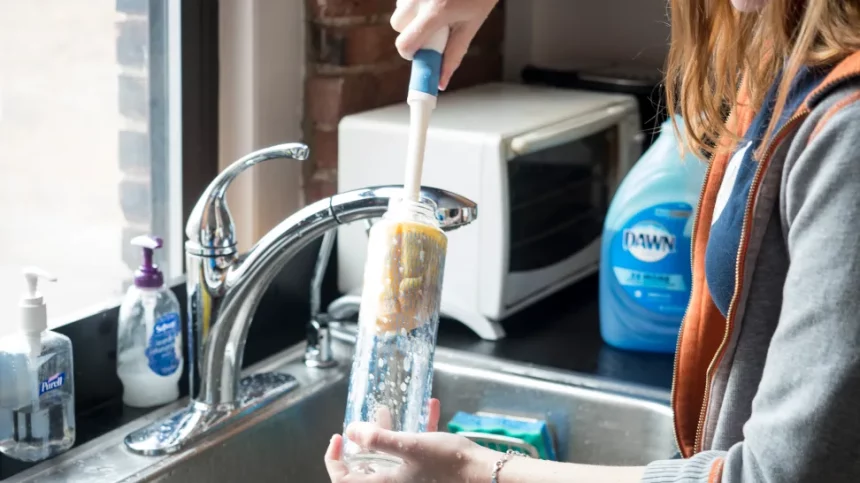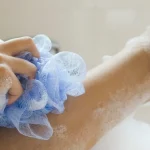Staying hydrated is essential for good health. Not only does it support digestion, it helps regulate body temperature, cushion joints and protect sensitive tissue, according to the Centers for Disease Control and Prevention.
(The National Academy of Medicine recommends women and men, aged 19 to 30, drink between 9 and 13 cups of water a day, respectively.) That’s why having an insulated water bottle that you can use regularly is helpful. What is equally as crucial as having a reliable drinking vessel, however, is making sure that you clean it just as often as you sip from it.
Brands like Stanley, Hydro Flask and Yeti are popular brands for offering bottles that come in a variety of colors and sizes, and crucially, come with vacuum insulated interiors to help with temperature regulation. Regardless of the brand, cleaning your water bottle is key to avoiding odorous, bitter-tasting water and even potential illness.
We consulted various experts, including professionals in infectious diseases and microbiology, to learn more about how often you should clean your reusable water bottles and the best products to use to do so.
How often should you clean a reusable water bottle?
While you may think that your bottle looks and smells clean, you should empty and clean it daily, says Dr. Sharon Nachman, chief of division of pediatric infectious diseases at Stony Brook University’s Renaissance School of Medicine. “[This] means taking it apart, dumping the water and cleaning all the pieces of it every day,” says Nachman. “Standing water is never good in a water bottle.” If water sits in a bottle for a long time at the right temperature, it can start to grow bacteria, according to Nachman.
Though it may seem excessive, cleaning your water bottle daily prevents the buildup of microbes, which are microscopic organisms that exist in various settings, including the human body. Some microbes are innocuous, while others cause illnesses, according to the National Library of Medicine (NLM). Bacteria, for example, are a common type of microbe, some of which can make people sick, according to the NLM.
What should you use to clean a reusable water bottle?
To properly clean a reusable water bottle at home, you should follow the methods you use to clean everyday items that you eat or drink from like plates and glass cups. A mix of lukewarm water and mild liquid dish soap are all you need, according to Nachman.
Mild dish soap is ideal since it has surfactants, an active ingredient that makes water molecules more fat soluble and decreases the surface tension of water, according to our experts. “[This makes it] easy to destroy microbes,” says Dr. Philip Tierno, clinical professor at the department of pathology at NYU Grossman School of Medicine. This way, you can “make it very hostile for an organism to survive.” Tierno also recommends using lukewarm water, since water that is too cold has a harder time dissolving soap, which can hinder its effectiveness.
In addition to soap and water, you can also use common ingredients you may already have in your pantry like distilled white vinegar or baking soda. Distilled vinegar, though not a powerful killer of germs, can remove fatty particles, according to Tierno, who also says that baking soda can be effective in releasing “gaseous material” to help extract particles.
As far as tools go, you may also need more than just your average sponge for a thorough cleaning. Certain parts of a reusable water bottle, such as the straw and lid, have small crevices and spaces that are hard to reach with just a sponge. Consider using tools like a small, bristled cleaning brush for straws and lids.



